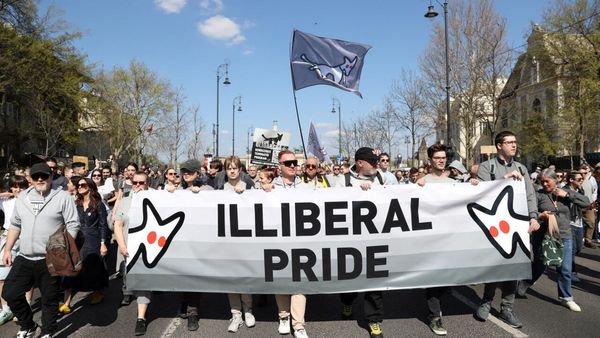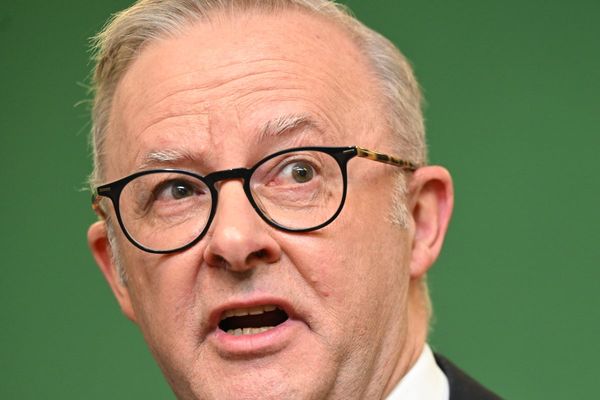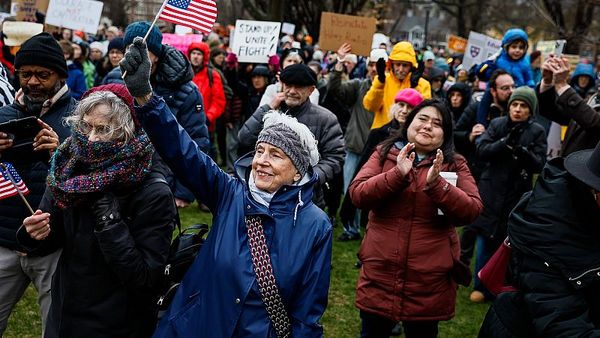THE old Glasgow North West constituency has retained more of its territory than any of the other Glasgow seats that survive the latest cull, but in line with the Boundary Commission’s often startling approach to logic, it’s also the only one to have had its name changed. It’s now become Glasgow West.
Contrary to popular belief, there’s no law of nature that states the western part of a city has to be more prosperous than its eastern part, but as it happens, the new Glasgow West does contain substantial zones of affluence such as Jordanhill, while also bulging out in its north-western corner to incorporate the lower-income Drumchapel.
Even a socioeconomically mixed Glasgow constituency poses a different type of challenge to Labour than a Glasgow seat with more consistently distributed high levels of poverty, and that may explain why Glasgow West appears to be the SNP’s safest seat in the city – not that anywhere in Glasgow is truly secure for the SNP in the current circumstances.
It’s estimated that if the new boundaries had been in place for the 2019 election, the incumbent SNP MP Carol Monaghan would have beaten Labour by just over 20 percentage points.
That extra cushion is perhaps a sign that the SNP are less reliant on former Labour voters than they are elsewhere in Glasgow, and that their local coalition of support may include a greater proportion of middle-class people who used to vote LibDem or even Tory.
The LibDems were indeed relatively strong in the area until they broke faith with their supporters during the years of coalition with the Conservatives. They, and not the SNP, were in second place in the old Glasgow North West seat in both 2005 and 2010, with their vote share peaking at almost 20%.
If the SNP’s recent local support does include a lot of these former LibDem voters, that’s encouraging in one sense because there’s no reason to automatically assume such people will behave in line with the pattern of national opinion polls showing a substantial minority of SNP voters switching back to Labour.
But the problem is that it’s not known exactly how they will behave, especially if they are disillusioned with the SNP government at Holyrood. The LibDems themselves are still recording poll numbers below their pre-2015 levels of strength, and there must therefore be a danger that the SNP in Glasgow West could lose voters to Labour who have never actually voted Labour before, or who at least were never part of the traditional Labour heartland vote. A very different type of messaging may be required to shore up SNP support among this segment of the local electorate.
A further small difficulty for the SNP is that Glasgow West is one of the few Scottish constituencies in which Labour are fielding a well-known candidate. The former deputy presiding officer of the Scottish Parliament, Patricia Ferguson, didn’t give up on electoral politics after she lost her Holyrood seat to the SNP in 2016, and is currently a city councillor for the local ward of Drumchapel/Anniesland.
She was also Monaghan’s unsuccessful Labour opponent in the 2019 General Election. She’s trying her hand again on July 4, and undoubtedly has a better chance this time around.
One of the SNP’s earliest leaders once recounted a difference of view he’d had with Margo MacDonald over her belief that the SNP needed to concentrate on targeting Glasgow in the wake of her 1973 triumph in the Govan by-election.
He told her she was quite wrong, and that the SNP would capture the east of Scotland first, then encircle Glasgow, and then Glasgow would be the last part of the country to fall – with the unspoken implication being that Scotland would become an independent country at that point.
Probably neither he nor MacDonald ever envisaged a scenario in which the SNP would totally dominate Glasgow politics for a decade but then lose the city back to Labour without having achieved independence.
Carol Monaghan’s fate in the SNP’s safest Glasgow seat will go a long way towards telling us whether that nightmare outcome is to be averted. To hold on, she needs to prevent the local swing to Labour exceeding 10.2% – with national polls currently reporting a swing somewhat higher than that.







